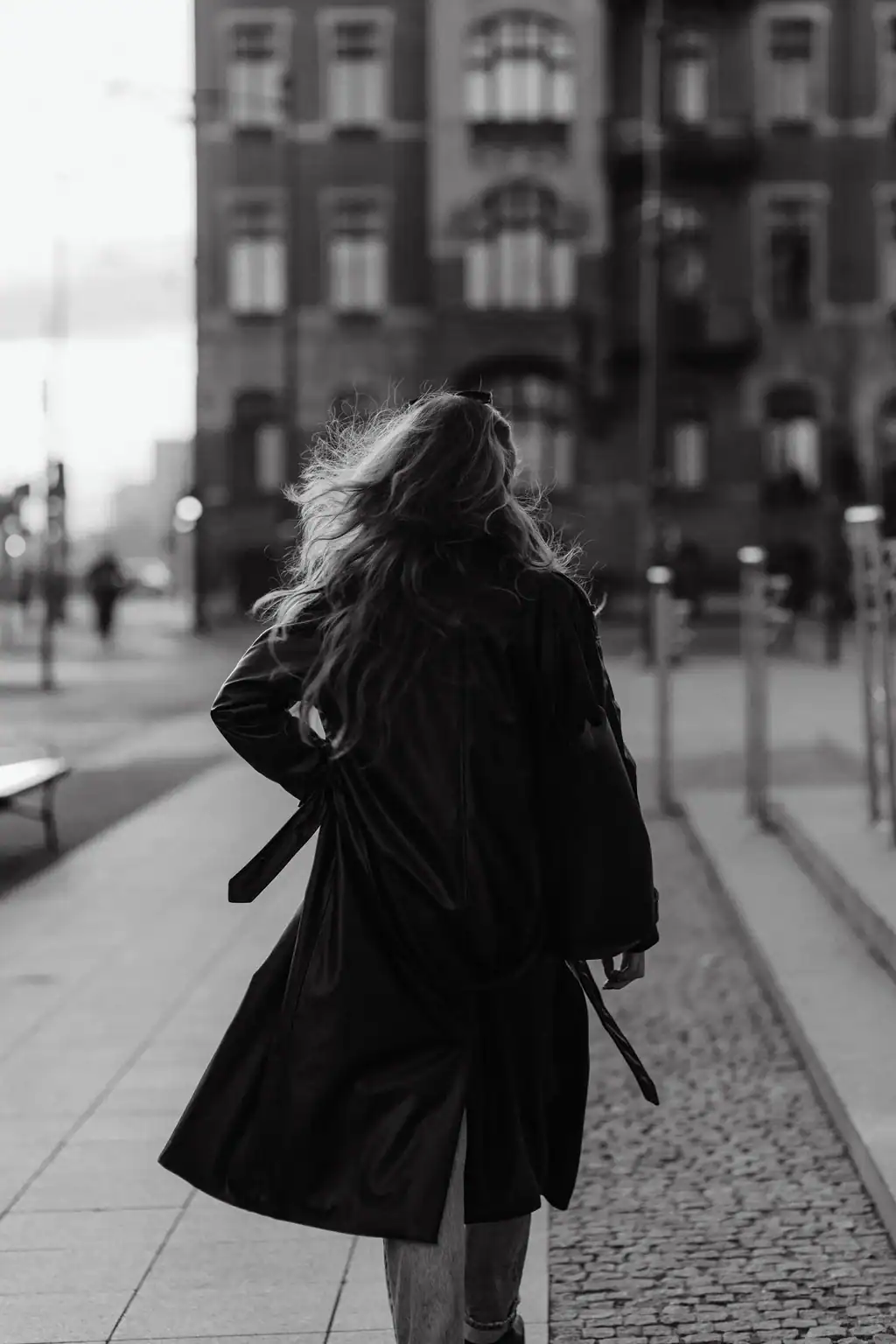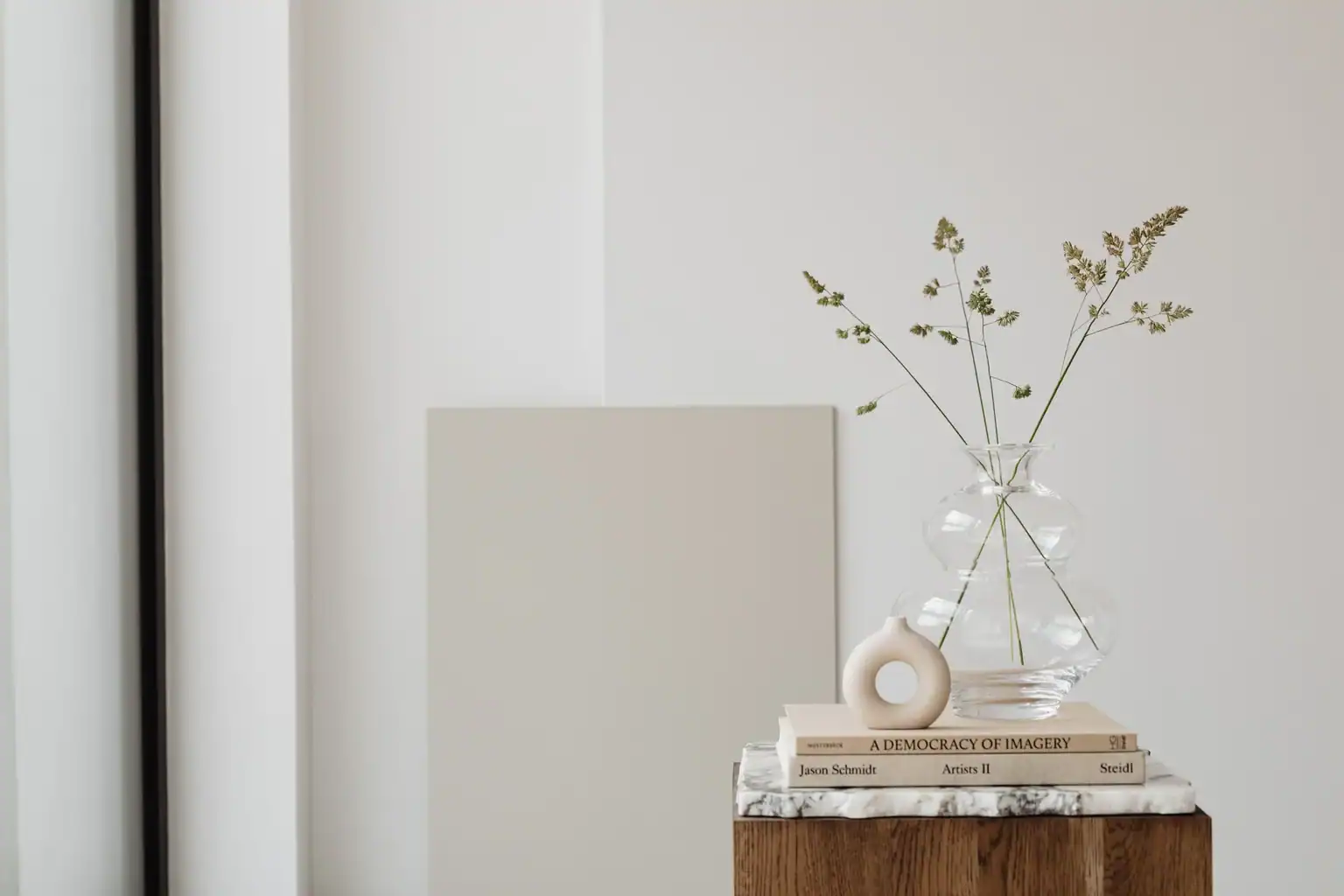Five things I found the hardest in healing the fearful avoidant attachment style
I’m Paulien and I’m so happy you are here! In this blog I’m going to talk about 5 things I found the hardest in healing the fearful avoidant attachment style. You are on your healing journey and every journey looks different and there are hard moments and you will get through those too, even when you don’t really do anything. Just know that they are part of the healing journey as well
Out of all the attachment styles, the fearful avoidant attachment style has that need for for safety and security the most. And one of the things that makes your fearbrain feel safe is knowing what to expect and knowing what comes next when you have no idea and you kind of want to heal.
But your fearbrain is like, well: I don’t know what’s going to happen.The chances are way bigger that you will stay where you are because that is familiar to your fearbrain and that’s what your fearbrain values more than the potential happiness, the potential freedom that you will feel once you’ve healed.
So I really hope this blog will help you in knowing what to expect!
#1 Creating a sense of self
When you don’t know what a sense of self is: I think it’s just giving your power away completely to the validation and approval of other people so you don’t have a sense of self, no sense of your own identity. But I think even more your own credibility so that when you tell yourself ‘I love myself’ it doesn’t really do anything, because you don’t really have that ‘sense of self’.
It feels kind of empty, it feels like it just doesn’t matter that much. Because what other people think of you and whether other people approve: that’s that’s important and that gives you it can almost feel like the right to live.
It was possible to create a sense of self, but I had no idea what that looked like or what that felt like, and I thought: that’s never going to happen. I will always have to depend on other people. I really had to go through layers and layers of just not validating myself, never being validated, never feeling like I was worthy of anything. But I managed.
#2 Highs and lows
So the fearful avoid attachment style comes with highs and lows. With highs and lows I mean just really intense moments of feeling really good and then like crashing down and feeling worthless and feeling so scared and and unhappy. After a while, I started noticing this pattern because when this pattern is normal, you just sometimes don’t even notice it.
And in my relationship, I had this in the beginning where I just created drama and then to to distance myself from my now husband, then boyfriend, and then I had to make up for it and that would create a high like I would get approval. As a fearful avoid, I would create drama again and push him away. And it was this draining, draining, dynamic and pattern of highs and lows.
So I noticed this pattern in different areas of my life, just this push and pull, high, low. And it was just so exhausting. So after a while, I realized that in a way this actually felt safe because it was what I knew and I was trained like I had practiced my whole life to push away but then also to reel back into use activation strategies to get him or somebody closer.
It wasn’t natural. It was definitely something I’ve learned. But I realized that I did that because it felt safe. It didn’t feel safe to let somebody in that much. So this in a way felt safe.
And it took me a long time to see that I actually wanted those highs and lows. I actually liked the excitement of it. And when I look back on it now, I think my body was just kind of almost addicted to that dynamic of highs and lows and the hormonal cocktail that comes with it. So healing sometimes can be very confronting!
#3 Feeling lonely
And I was so afraid that that would last forever. That I would never really get out of this and that I would not be able to really let people close. I just felt lonely on such an existential level, that I thought that this is just who I am. I will be lonely forever. I just don’t know how to do this. I don’t know how to have close connections, I don’t know how to love somebody in a in a healthy way. And I didn’t know anybody that went through this and that was healing this. And I just felt like I was crazy, I was weird, I was the odd one out. Everybody just seemed to get it and seemed to enjoy their relationships and their friendships and I just couldn’t do that.
And that really is one of the reasons I started my YouTube channel and this program, because I really do not want you to feel alone. I want you to know that that there are so many people that are going through this. And this feeling of loneliness is temporary, you will get out of this, you will heal this.
#4 I didn’t want to feel powerful
That was also a realization that was pretty hard to accept. So as I was releasing all this trauma, all this shame and guilt, I felt myself getting stronger and there was a part of me, and I didn’t notice it that time, that just felt really, really unsafe with that.
It just did not want to heal.
It just did not want to become strong and powerful because I realized that there were so many negative associations with that. It was so much safer for me when I was younger to not be powerful, to not believe in myself, to not trust in myself, like it was almost not accepted if I did. And so I associated being powerful with being abandoned and being rejected and being laughed at and being not taken seriously.
So it is an aspect of the fearful avoidant attachment style, generally, that it feels unsafe to be powerful and it feels unsafe to trust yourself. Even though those two can really help you, so it’s very valuable to see. I mean, there’s so many paradoxes here as you’re healing the fearful avoidant attachment style that actually hinder your healing.
So just see for yourself, if you close your eyes and just feel powerful, see yourself as powerful. Think of the sentence: ‘No matter what happens, I can handle it’. If that feels scary or that feels overwhelming, it can actually mean that you have a hard time accepting that you are powerful because you are, you already are. All you need to realize is the resistance you have towards it and the negative associations you have with it.
#5 Having relapses
God, those relapses, those were just so frustrating. It would go really well for a while, and then out of nowhere I would get triggered. And I would be in this state for like days or weeks where I just felt completely worthless.
It took me a long time to not see relapses as going back to square one and starting all over again, but seeing that those relapses were actually a way to integrate the healing that I had already did.
And every time it happened, I got out of them again. And when they passed, I would feel better than I did before, even when I didn’t do anything. What I think was the hardest part of those relapses was accepting them and accepting the shitty feelings and accepting, feeling worthless and accepting, feeling so scared and vulnerable. Instead of resisting them so hard and judging them that they shouldn’t be here, and that I should be further along and I should just be happy all the time.
And once I started doing that more, I noticed that even though it felt the same as always, it felt as going back to square one, they were actually different feelings that came up every time and they were feelings that wanted to be healed.
So allowing it to just be there was healing in and of itself. You don’t have to work. You don’t have to, like, force yourself out of it. It’s OK to allow and to relax and just allow those feelings to be there.
And this very likely goes against everything you have taught yourself and that your trauma has taught you. But it is OK to feel all those feelings that are so nasty sometimes and not do anything, not do anything with them because they will pass.
And the wisdom of your body is just amazing and it will help you even if you don’t do anything!
You are not doing it wrong.
You are not you are not weak because it doesn’t go fast enough
You are not weak because you feel alone.
You feel like you’re never going to get out of this, but is part of the healing journey
You will you will feel better and better and better.
It is so brave of you to even look at this!
Thank you for being here. Thank you for being who you are because you are valuable exactly as you are right now.
Much love,
Paulien
This is not to diagnose. I’m not a psychologist and it’s not black and white. You can definitely recognise so much of the fearful avoidant attachment style and maybe you’re even dominantly securely attached. So don’t see this as this is a strong diagnosis. I am just here to tell you all about it and really help you understand yourself a little bit better.
Share





